Fall and the Harvest Moon
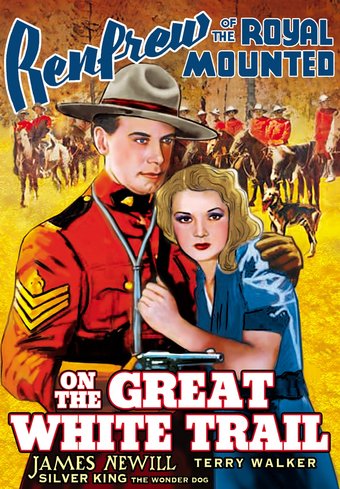
I’m changing seasons on the equinox, which is today. Learned a new word reading some material for this post: equilux. An equilux happens after each equinox and occurs this fall on September 26th. If you look at a table of sunrise/sunset, on September 26th, at roughly our latitude, the sun rises at 6:59 am and sets at 6:59 pm. After the equilux, for 172 days, until the next equilux on March 17th, the sun will shine for less than 12 hours.
Yeah! Though born in Oklahoma near the Red River, almost to Texas, I’ve always been a child of the cold and snow, influenced by too many Jack London novels. And, Renfrew of the Royal Canadian Mounted. Moved to Appleton, Wisconsin in September of 1969 and lived up north until the Winter Solstice of 2014. In our particular location on Black Mountain Drive, just east of 14er Mt. Evans, we get lots of snow, some cold, but easier winters. Better for septuagenarian bones.
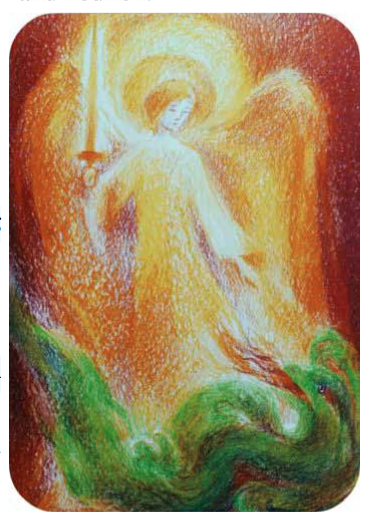
Six days from now is the 29th of September, the Feast Day of St. Michael the Archangel. It is, as regular readers of ancientrails already know, the springtime of the soul. At least according to Rudolf Steiner.
Rosh Hashanah, September 30th this year, the Jewish new year (one of four), begins the month of Tishrei in Judaism’s lunar calendar. Yom Kippur, the day of atonement, follows ten days later on October 9th. 5 days later on October 14 and 15 is Sukkot, a harvest festival. A week after the second day of Sukkot is Simchat Torah, joy of the Torah.
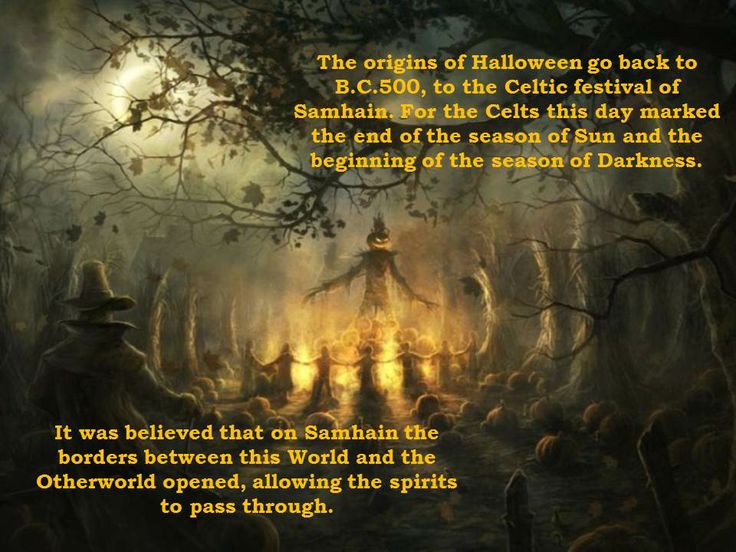
On October 31st, 6 weeks from last Friday, the next Celtic holiday is Samain, or Summer’s End. The Celtic New Year comes at the beginning of the fallow season.
I am the hallow-tide of all souls passing,
I am the bright releaser of all pain,
I am the quickener of the fallen seed-case,
I am the glance of snow, the strike of rain.
I am the hollow of the winter twilight,
I am the hearth-fire and the welcome bread,
I am the curtained awning of the pillow,
I am unending wisdom’s golden thread.
~ Song of Samhain, Celtic Devotional:
Daily Prayers and Blessings, by Caitlín Matthews
The transition from the growing season when farmers and gardeners harvest its fruits to the fallow season when plants in mid and northern latitudes rest has ultimate significance for non-tropical humanity. Not so long ago a failed growing season would lead to a limited harvest. Unless adequate stores from years past were kept, starvation over the winter was a real possibility.

Oh, you might say, well, that doesn’t apply to us in the modern age. Think not? Perhaps one really bad harvest could be accommodated by trade and stored foods. Maybe even two bad harvests. But if the world saw several bad harvests in a row, say because of a dramatically changed climate, starvation over the winter could become a real possibility even in the developed world.
Mabon, Sukkot, Samain. With Lughnasa on August 1st, the first harvest festival, the months August through October have evoked human expressions of gratitude, of thanksgiving for soil, seed, and sacrifice. Certain animals and plants become offerings to feed others, including the now unwieldy population of humans.
The heart of the harvest season, right now, is a deeply spiritual moment. The complex web of life bares itself to our witness. Any Midwesterner is familiar with trucks of yellow corn, soy beans, golden wheat, rye, rolling down highways to grain elevators. Hay gets mowed perhaps a third time and baled either in rectangular bales or huge round ones.
This is also a traditional time for the slaughtering of animals. Now slaughterhouses and intensive livestock farming have allowed slaughter throughout the year.
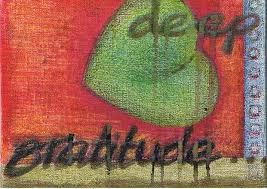
I’m grateful that farmers and ranchers are able to feed us still. I’m grateful that the soil, that top six inches especially, feeds and stabilizes the foodstuff that we grow. I’m grateful that photosynthesis allows us to harvest the sun’s energy by transforming it into vegetables, fruits, grasses, grains, nuts. I’m grateful for each and every animal that dies for our table. I’m grateful for the grocers who buy and display the food for us to purchase.
It is a time of thanksgiving followed by an increasing darkness. That darkness is fecund, for me at least. Steiner’s idea of Michaelmas as the springtime of the soul, the placement of so many Jewish holidays, in particular sukkot, during this harvest time, and the major Celtic holidays of Lughnasa, Mabon, and Samain offer us many chances to open our hearts to the wonder of this world and its blessings.
Slightly outside of these three months is the Day of the Dead celebrated throughout Latin America and the Feast of All Souls.
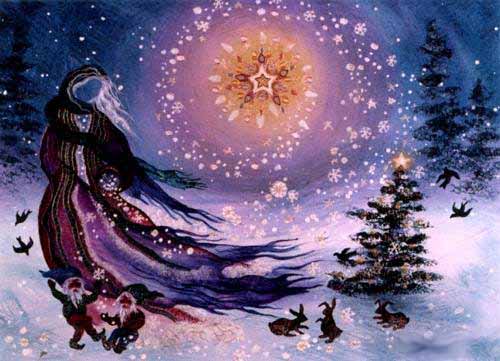
As the harvest wanes and summer ends (Samain), we have time to take stock of our lives, of our hopes and dreams. We can lean into the darkness after the equilux, celebrate its fullness on the Winter Solstice. It is in the fallow season that we learn the why of death. In this coming season we can make our peace with mortality.
